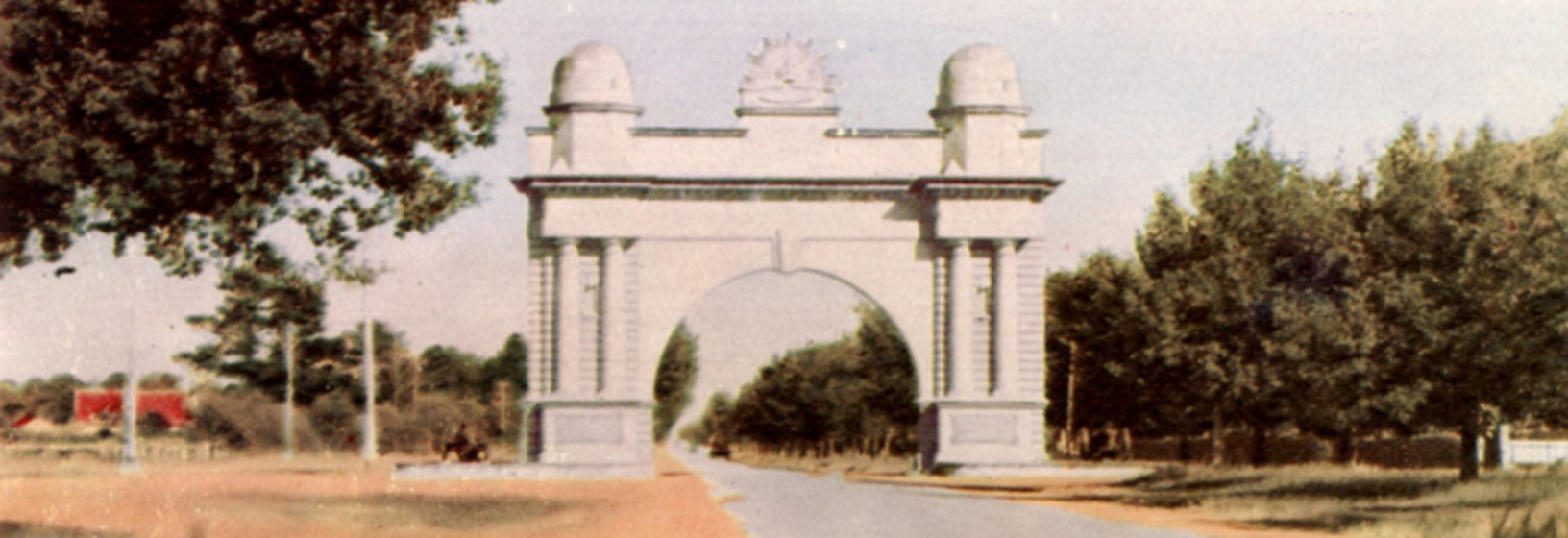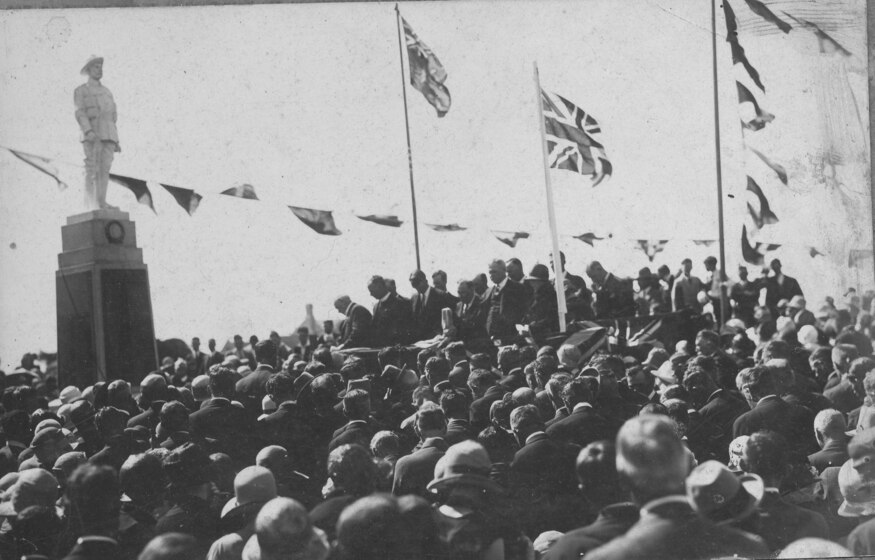At the Going Down of the Sun
Remembrance and Commemoration after the First World War
One hundred years on, evidence of the impact of the First World War can be plainly seen across Victoria.
Built heritage including cenotaphs, statues, plaques and obelisks are peppered across the state’s public spaces, each dedicated to the commemoration of the war service of the thousands of Victorians who served between 1914 and 1918.
Many of these men and women died in active service and were buried overseas, so locally built monuments served as important places to mourn and remember them. They were places for private and collective mourning, commemoration and remembrance.
These memorials were truly local, often built through community fundraising and supported by communities who shared a sense of loss. Most are inscribed with the names of those who died from the region, while others list the names of all those who served.
Across Victoria, cenotaphs and built memorials remain central to ANZAC Day services, but the way we commemorate has changed with each generation and so has the way we remember and mourn the servicemen of the First World War. Photographic and material culture collections from across the state, catalogued here on Victorian Collections, capture some of the tangible and intangible heritage associated with the shifting ways we commemorate the First World War. They provide meaningful insight in to our society and how we make sense of war and loss.









